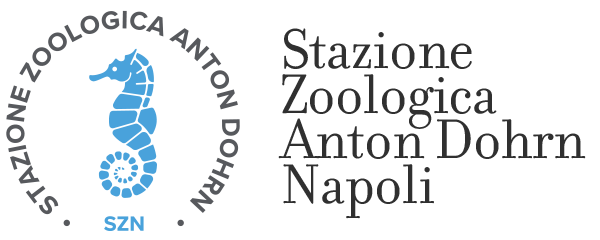Pages
Responsible: Maria Cristina Buia
Activities
The activities of this laboratory are characterized by the application of various and integrated approaches, classical and innovative, which are conducted in mesocosm/laboratory and in the field, to study the adaptive responses of benthic organisms (invertebrates and macrophytes), and their trophic interactions in relation with environmental factors and gradients, climate change and anthropogenic disturbances. The approaches used include the physiology of individual species, the structure of populations and the dynamics of benthic communities and coastal ecosystems, to identify early-warning signals/descriptors at different level of biological complexity, and finalized to a correct management and conservation of the coastal systems and their biodiversity.
Systems for laboratory experiments
- System for automatic culturing of model organisms.
- Thermostatic chambers for rearing and experiments of benthic organisms in axenic conditions.
- Tanks for maintenance and experimentation of benthic organisms in sea-water open systems.
Analysis
- Qualitative and quantitative analyses of benthic samples deriving mainly from hard and soft bottom vegetated habitats, and soft sediments within the continental shelf.
- Biometric and biomass analyses.
- Biological assays and test for bioactive substances.
- Sample preparation for elemental analyses, and for observation at the scanning and transmission electron microscopy.
- Measurements of environmental variables (Temp., pH, irradiance, dissolved oxygen).
- Measurements of photosynthetic efficiency in macrophytes.
Instrumentation
- Stereomicroscopes, optical microscopes, inverted optical microscope.
- Freezer at -20 °C and refrigerators +4 °C.
- Laminar flow flume and chemical flume.
- Thermostatic cells and chambers.
- Autoclave, ovens, muffle.
- Filtration system.
- Spectophotometer.
- Analytical and technical balance, microbalance.
- Deionizer.
- Liofilizer (deep-dryer).
- Laboratory oxymeter and pH-meter, portable pH-meter.
For scientific underwater use and diving:
- Cameras and video-cameras with underwater dedicated casts.
- Diving-PAM, pH-meters, quantameter, multi-parametric probes.
- Grabs, dredges, corers for sediment and benthos, air-lift sampler, hand-towed net and plankton nets.
Responsible: Raffaella Casotti
Activities
The laboratory of Microbial Ecology carries on research on marine microorganisms (mainly diatoms and autotrophic/heterotrophic picoplankton) studying their diversity, activity and metabolic functions as well as their interactions with the environment, both physical-chemical and biological. The activities are held mainly by direct methods, that is, independent from cultivation, but monospecific cultures are also used to test specific hypotheses or further characterize microorganisms. The fields of activity cover the biological oceanography, ecophysiology and marine ecology in general.
The laboratory also implements the technical and instrumental approaches for the study of microorganisms, mainly as regards the use of flow cytometry for the monitoring of marine plankton and for the development of early warning systems for biological environmental risk.
Experimental systems
- Thermostated cabinets for growing microalgae and bacteria under controlled light and temperature conditions.
- Tanks for experiments on board ships or outdoors for incubations and manipulations of natural plankton communities.
Analysis
- Counts and measurements of optical parameters (scatter and fluorescence) on cells and unicellular organisms by flow cytometry and epifluorescence microscopy.
- Estimates of growth rates and grazing of picoplankton.
- In situ hybridization with oligonucleotide probes for the characterization of bacterial communities.
- Estimates of DNA content of algae and cell lines by flow cytometry (including dynamics of the cell cycle).
- DNA and RNA extraction for metagenomics and metatranscriptomics.
- Analysis of cellular concentrations of picophytoplankton with scanning flow cytometers at high frequency in both laboratory and on board boats.
- Analysis of concentrations and cellular properties of marine bacteria with prototype automatic coloring module.
Instrumentation
- Conventional flow cytometry.
- Scanning flow cytometer with automated sampling module.
- Laminar flow hood.
- Thermostated cabinets for algal and bacterial cultures.
- Epifluorescence microscope with camera.
- Basic instrumentation for laboratory (centrifuges, thermostated baths, pHmeter, filtration rigs, sonicators, refrigerators and freezers).
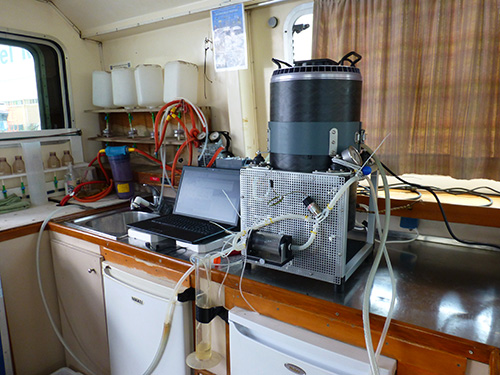

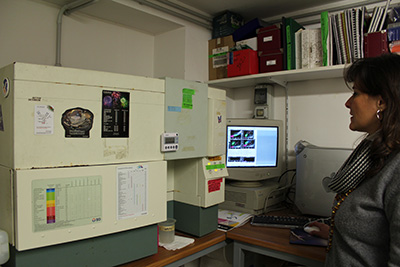
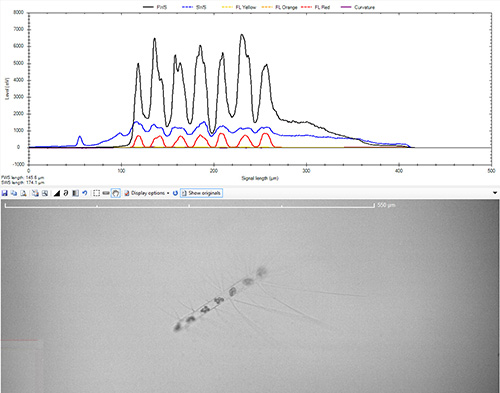
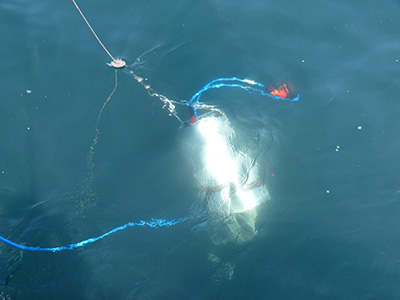
Coordinator: Gabriele Procaccini
Scientific activities
Strumentazione di base per la biologia molecolare (PCR, centrifughe, apparati elettroforetici, transilluminatore, bagni termostatici, spettrofotometro, fluorimetro, pH-metro, bilancia di precisione)
Gene gun (apparecchio per la trasformazione biolistica)
In the laboratory of Molecular Ecology and Functional Genomics we carry out studies addressing ecological questions, using molecular approaches. The laboratory covers research activities ranging from molecular phylogeny and taxonomy to phylogeography and population genetics, using sequence analysis and analysis of polymorphic markers, such as microsatellites and SNPs. It also deals with the study of gene function through functional genomics approaches and reverse genetics (mainly production of transgenic lines of diatoms). We also makes use of analysis of environmental genomics and comparative transcriptomics, and we carry out gene expression studies in natural and controlled conditions (RNA-Seq, RT-qPCR).
Experimental systems
- Mesocosms for maintaining benthic organisms under controlled conditions.
- Walk-in chamber for microalgal cultures.
Analysis
- DNA extraction, purification and quantification.
- RNA extraction, purification, quantification and reverse transcription.
- Protein extraction and quantification.
- Sample preparation for RT-qPCR in plates.
- Samples preparation for massive sequencing.
- Samples preparation for sequence analysis.
- Samples preparation for fragments analysis.
- single and multiplex PCR.
- Electrophoresis on agarose and acrylamide gel.
- Statistical analysis of population genetics and molecular phylogeny.
- Primers design, analysis of electropherograms.
- Cloning and bacterial transformation.
- Preparation of plasmid DNA (mini and maxi prep).
- Biolistic transformation and cultivation of GM crops.
- Algal cultures.
- Colorimetric assays with fluorescent vital dyes and microscopic analysis.
- Southern blot, Northern blot.
- Western blot and enzyme assays (colorimetric, ELISA).
- Use of specialized software for the analysis of protein and nucleotide databases and for the exploration of genomes.
Equipments
- Basic equipment for molecular biology (PCR, centrifuges, electrophoresis apparatus, transilluminator, thermostatic baths, spectrophotometer, fluorometer, pH meter, balance).
- Gene gun (apparatus for biolistic transformation).
- Hoods for algal cultures.
- Microscopes.
- Mixer Mill (Tissue Lyser).
- PC and software for molecular analysis.
- Fume hood.
- TurboGen (equipment for generating marine turbulence).
Coordinator: Daniele Iudicone
Activities
The aim of the laboratory is to support the study of the ecology of marine plankton and of the ocean physics that is relevant for the plankton ecology. The laboratory of ecological modeling has as main activity the preparation and realization of numerical simulations of the ocean circulation at microscale (DNS), mesoscale (ROMS) and at global scale (NEMO) and of the associated plankton dynamics. The activities are integrated with statistical analysis of environmental (physicochemical) data, ecological (populations) data and biological (metagenomics, functional parameters) data.
Experimental systems
- In-house configurations of numerical codes for simulating the ocean circulation, the fluid dynamics at the microscale (turbulence) and the impact on microorganisms.
- In-house configurations of numerical codes for simulating planktonic populations at different levels of complexity.
- Turbulence Profiler.
- Devices for the production of marine turbulence in lab (TurboGen).
Analysis
- Analysis of the variability of the ocean physics (including thermodynamics) and biochemistry at various spatial and temporal scales at basin and sub-basin scales.
- Statistical analysis of environmental data and ecological.
- Water mass thermodynamic budgets.
Instrumentation
- Servers and computers for numerical simulations.
- Software for data analysis.
- Software for the simulation of the physics and biology of marine organisms (produced in-house or by external collaborators).
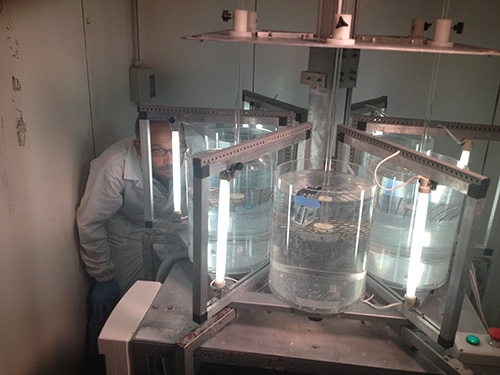
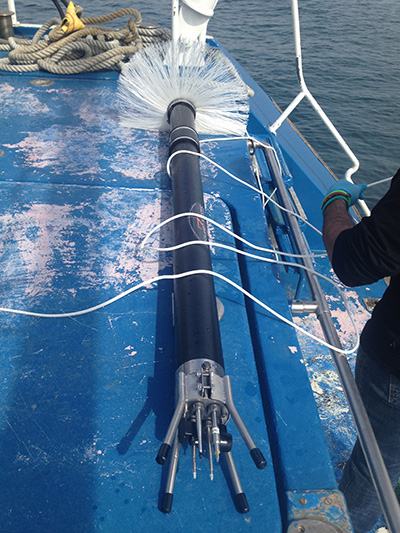
Head: Marina Montresor
Activities
The lab contains equipment and infrastructure used for the study of the functional and taxonomic diversity of marine plankton. In particular, in this laboratory analyses are carried out on the taxonomic and molecular diversity of plankton samples collected at the Long Term Ecological Research site MareChiara in the Gulf of Naples as well as elsewhere, in the frame of participation in regional and global projects. Experimental approaches focus on the physiology and life cycles of marine microalgae and on the feeding behaviour of zooplankton.
Systems for experimentation
- Light- and temperature-controlled walk-in incubator and incubators of different volume for in vivo experiments with phyto- and zooplankton.
- Optical system for video footage of zooplankton organisms.
- Plankton wheel for experimentation with phyto-, micro- and mesozooplankton.
Analysis
- Quantitative analysis of marine phytoplankton and zooplankton.
- Preparation of phytoplankton cultures and their morphological and molecular characterization.
- Phylogenetic analysis.
- "Metabarcode" analysis of marine plankton with Next Generation Sequencing approaches.
Instrumentation
- Stereoscopes and optical microscopes
- Microscope with epifluorescence illumination and digital cameras to take photographs and movies.
- Zooscan with related software.
- Camera System for video-registration of zooplankton movement.
- Area equipped for the isolation of cultures and experimentation (laminar flow hood, microscopes for cell isolation, fluorimeter).
- Molecular Laboratory equipped for DNA extraction, PCR, DNA electrophoresis, preparation for NGS sequencing.
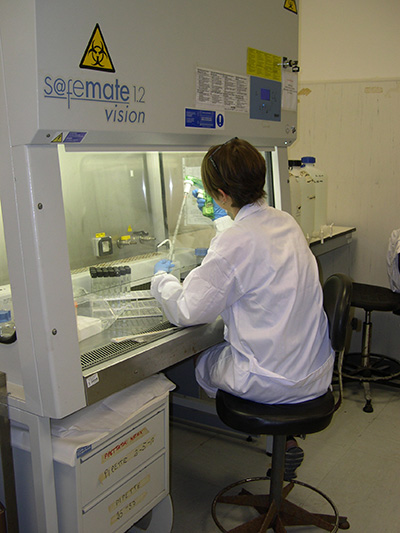
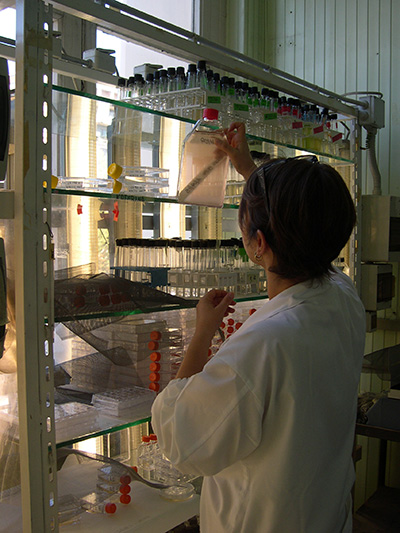
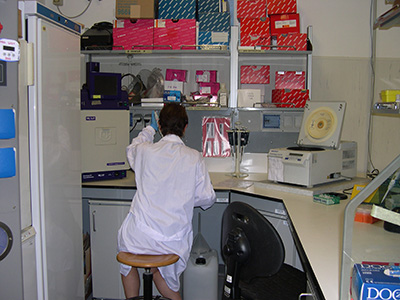
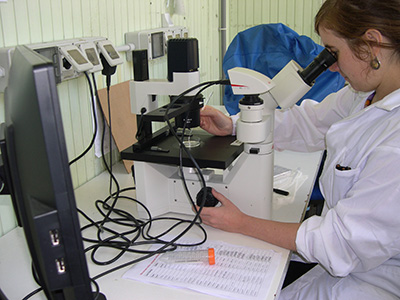
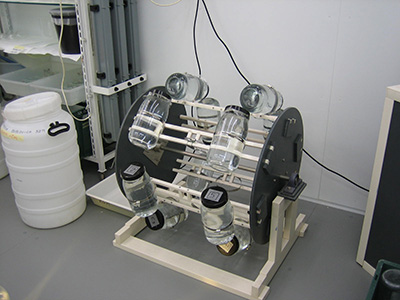
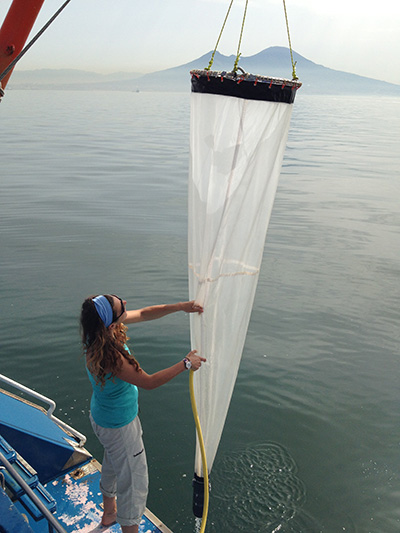
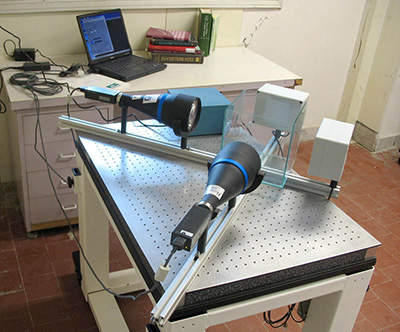
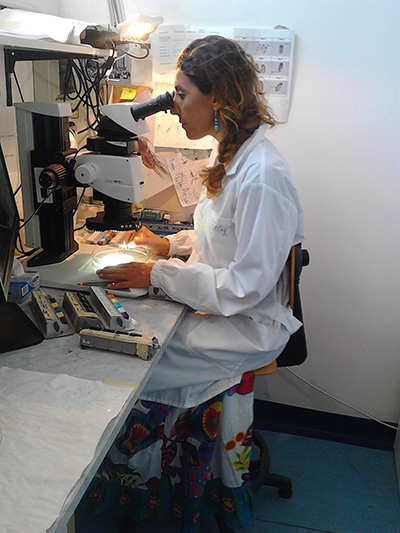
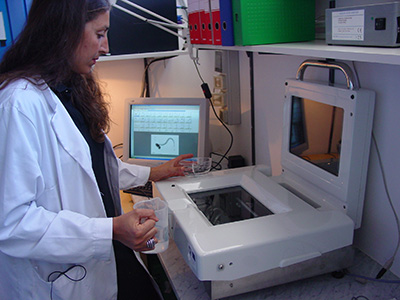
Coordinator: Francesco Paolo Patti
Activities
In the Laboratory of Integrative Taxonomy of Marine Organisms the activities are based on the analysis of classic taxonomy, phylogeny and comparative phylogeography of marine organisms by means of a multidisciplinary integrated approach (morphological, molecular, cellular and ecological). Following the main activities:
- Sample sorting, identification and counting in ecological and monitoring projects (e.g. Marine Strategy).
- Expert identification of organisms using traditional and advanced morphological and molecular methods (including preparation and deposition of genetic and ecological vouchers).
- Extraction and storage of DNA from different organisms (seaweeds and marine invertebrates tissue).
- RNA extraction from different organisms (seaweeds and marine invertebrates tissue).
- Extraction of secondary metabolites.
- Mini-gel electrophoresis and digital documentation.
- PCR amplification of DNA.
- Molecular cloning of target DNA segments (plasmid preps, restriction and PCR analysis).
- Real-Time fluorescent-based polymerase chain reaction.
- DNA barcoding.
- Terminal Restriction Fragment Length Polymorphism.
- DNA sequencing of fragments (in collaboration with SZN Molecular Biology and Bioinformatics Unit).
- Analysis of DNA sequences including the reconstruction of phylogenetic trees.
Systems for the experimentation
- Dedicated lab protocols.
- Bioinformatic systems analysis: 1) study of nucleotide variability (ad-hoc open source software for metadata analysis); 2) decomposing morphotypes forms into size and shape by geometric morphometric methods.
Analysis
- Analysis of DNA sequences including the reconstruction of phylogenetic trees.
- Analysis of the morphological variability and the genetic polymorphism.
- Analysis of allele frequency and genotype distribution.
- Analysis of terminal restriction Fragment Length Polymorphism.
- Preparation of samples for morphological analysis (using dedicated buffer solutions for microscope observations - Stereomicroscope and Scanning Electron Microscope) and molecular analysis (cryopreservation, standards and RNAlater fixatives for tissue preservation).
Equipment
- Stereomicroscope.
- Vibratome.
- Rotavapor.
- Chemical fume hood.
- Laminar flow hood.
- Mini-Gel horizontal electrophoresis systems.
- Refrigerated Bench-top Centrifuge.
- Spectrophotometer "Genequant Pro Classic".
- PCRs (Techne- Euroclone).
- RTPCR BIO RAD Opticon 2.
- Incubator for cell cultures.
- Analytical balance.
- Temperature controlled water bath (5l, +30°C/+120°C).
- Bench-top vortex mixer with general purpose head.
- Vertical laboratory autoclave and steam sterilizer.
- Laboratory Ice Machine.
- Liquid nitrogen dewars (5l+30l).
- Vertical Ultrafreezer -86°C.
- Vertical Freezers -20°C.
- UVP BioDoc imaging workstations for gel documentation and fluorescent imaging.
- Dedicated computer for phylogenetic reconstruction and data mining.
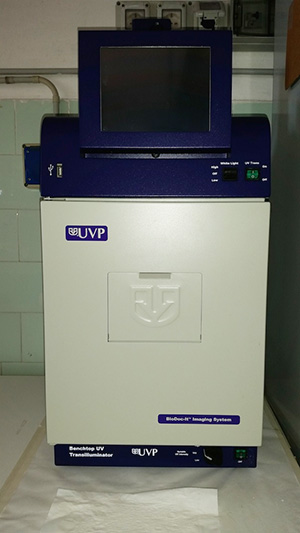
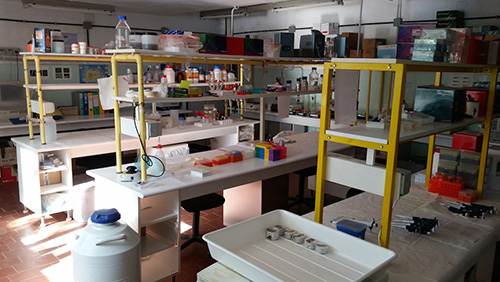
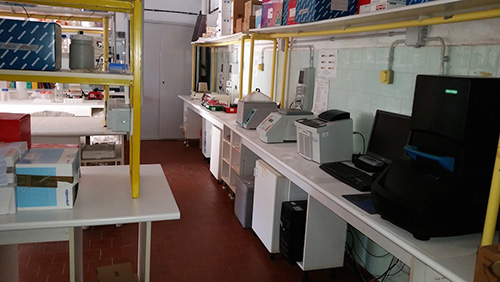
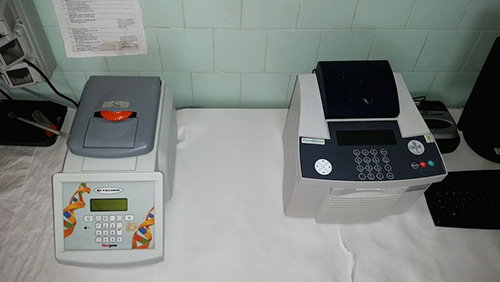
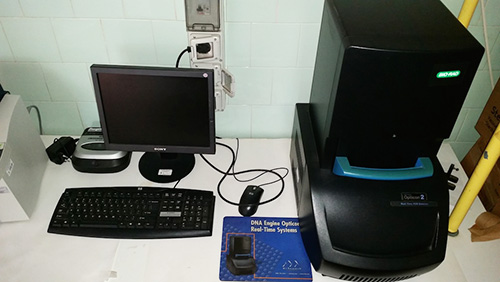
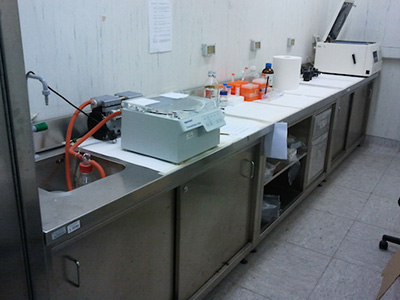
The Department of Biology and Evolution of Marine Organisms (BEOM) focus on fundamental biological mechanisms in marine organisms allowing animals to deal with the challenge of Life on Earth.
By applying multi-faceted approaches we focus on i. the regulatory mechanisms that direct development of organisms from fertilization to adulthood, and ii. the genomic, cellular, and neural machinery underlying biological, physiological and behavioral plasticity of organisms to tackle adaptation and evolution.
The study of marine organisms allow us to exploit possible sources of natural products and metabolic processes for the use in biotechnology including the food industry and human health.
The know-how and expertise of researchers, technologists and technicians belonging to BEOM cover a broad spectrum of scientific fields, including molecular biology, biology of reproduction and development, signal transduction, gene regulation and genetics, bioinformatics, comparative genomics, cell biology, physiology, ecotoxicology, biochemistry, zoology, physiology, neurosciences and behavioral biology. These skills benefit from the availability and extensive experience working on different species at different evolutionary distances belonging to Protostomes and Deuterostomes.
Research activities include field and laboratory based experiments by applying numerous techniques including, for example: manipulation of gene function such as knock-down, knock-out and transgenesis by microinjection and electroporation; high-throughput genomics, transcriptomics (microarray, RNA-Seq, ChIP-Seq, and Real Time quantitative PCR); biological assays, spectrophotometry, spectrofluorimetry; high-resolution imaging using Confocal Laser Sheet Microscopy (CLSM) associated with fluorescent in situ hybridization (FISH) and immunohistochemistry; classical and electron microscopy (SEM, TEM); electrophysiology and behavioral and cognitive neuroscience methods.
ABBaCo - Restauro Ambientale e Balneabilità del SIN Bagnoli-Coroglio
DIsCO - Diatom life cycles, molecular controls and contribution to ecosystem dynamics
EMSO MedIT - Project financed in the framework of PON R&C 2007-2013 - PAC Enhancement of public research infrastructures
GRASSMET - Climate change effects on seagrass secondary metabolism: ecological implications
HEATGRASS - Tolerance to HEAT stress induced by climate change in the seaGRASS Posidonia oceanica
HighGrass - High-CO2 effects on seagrass photosynthetic ecophysiology
INBALANCE - INvertebrate-BActeriaL Associations as hotspots of benthic Nitrogen Cycling in Estuarine ecosystems
IRMA - Implementation and Remote Connection for Real Time Moniotoring of Marine Microorganisms - Funded by the Italian Ministry of University and Education (MIUR)
PALEOPARK - Seagrass palaeo-records as a tool for the evaluation, diagnosis and prognosis of the evolution of species, communities, and processes in Spanish insular National Parks
RECCAM - Seagrass Meadows resilience to global warming: an analysis based on responses at ecophysiological, population and ecosystem levels
PON01_02093 Study of new technologies and technological platforms for the improvement of production processes of active pharmaceutical ingredients of industrial interest and search for new bioactive molecules from natural sources
Leader: Sanofi-Aventis S.p.A.
PON01_02782 New nanotechnological strategies for the development of drugs and diagnostic tools directed to circulating cancer cells (CTC).
Leader: Biogem S.c.a r.l
PON01_00117 Antigens and Adjuvants for Vaccines and Immunotherapy.
Leader: Novartis Vaccines & Diagnostics Ltd.
RESIGRASS - An holistic understanding of seagrass functioning and resilience to local-scale disturbances: from molecular to biogeographical scales
S&T MED - Financed by the ENPI CBC Mediterranean Sea Basin 2007/2013 Program of the European Union
Responsible: Adrianna Ianora
Activities
The Biotechnology Laboratory is a multidisciplinary lab that uses and develops different approaches dedicated to the study of marine drug discovery. Research activities include sampling, isolation and maintenance of marine species of biotechnological interest (especially microalgae), preparation of chemical extracts, testing the potential bioactivity at the gene and protein levels of extracts on human cells and model marine organisms.
Experimental Systems
- Molecular and chemical facilities applied to marine biotechnology.
- Human cell culture chambers (biological hood type 1, incubator for human cells, microscopes).
- Rooms for microalgal growth.
- Room with 2 Bioreactors.
Analysis
- Isolation and maintenance of microalgae for potential biotechnological applications.
- Cultivation of microalgae at the small (flasks), medium (10L carboys) and large scale (photobioreactors 100 L).
- Genotyping of new species by DNA sequencing.
- Bioassays testing biological activity of extracts, fractions and pure compounds on marine model species and human cell lines.
- Antiproliferative and clonogenic bioassays against aggressive tumor cell lines.
- Antioxidant and anti-inflammatory bioassays on normal cell lines.
- Cellular senescence (anti-aging)bioassays.
- Chronic human diseases (diabetes, Alzheimer's, Crohn's disease) bioassays.
- Molecular studies at the gene and protein levels to identify specific pathways activated by bioactive compounds on human cells (retroviral transfection, PCR array, immunoblot, ELISA).
- Transcriptome analysis of microalgal species.
Equipment
- Basic instrumentation for molecular biology and protein analysis (PCR, centrifuges, electrophoresis apparatus, transilluminator, thermostatic baths, spectrophotometer, pH meter, transblot).
- Biological Type 2 hood for micralgal cultures.
- Chemical hood.
- Microscopes.
- 2 photobioreactors (100 L).
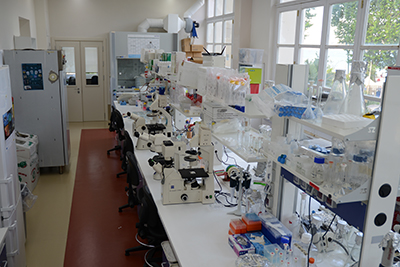
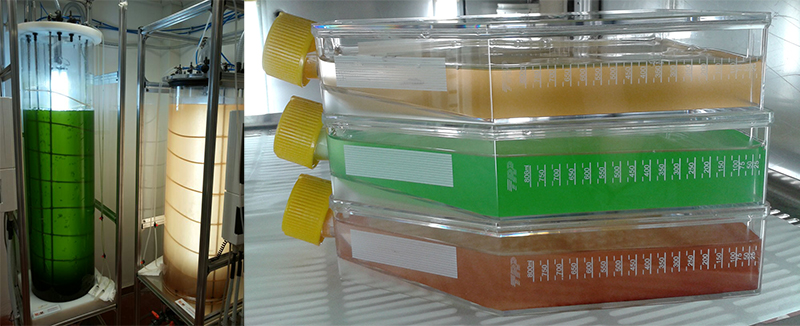
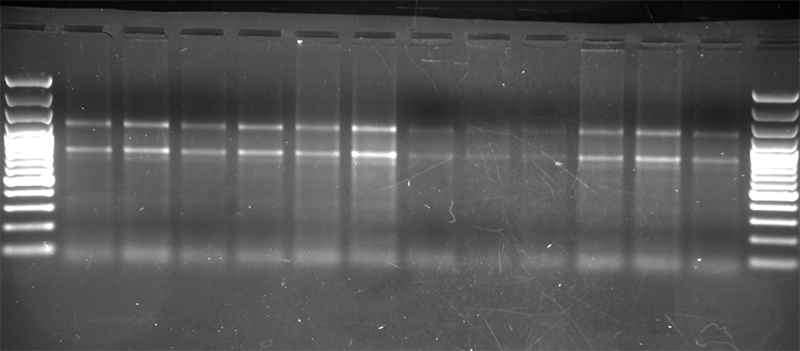
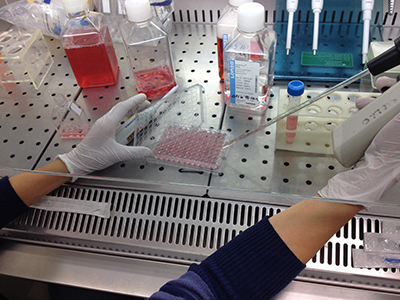
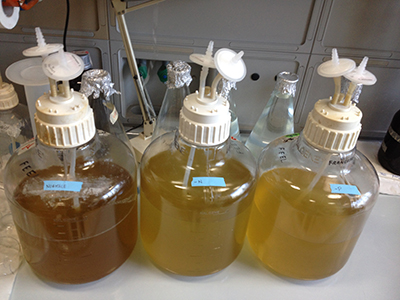
AmphioxusNOS - Marie Curie Career Integration Grant (FP7-PEOPLE-2011-CIG)
Corbel - Coordinated Research Infrastructures Building Enduring Life-science Services
EvoCell - Animal evolution from a cell type perspective: multidisciplinary training in single-cell genomics, evo-devo and in science outreach
FIRB, MIUR-Cineca - Non-Coding RNA Explosion: Novel Implications in Neurotrophin Biology
MouZeCLINIC - Empowering an integrated platform for the study of human diseases with great impact by means of system phenotyping of model animals: mouse and zebrafish clinic
Neptune - Multidisciplinarity training in evo-devo and neurobiology of marine animal models
PANTRAC - Gut patterning and PANcreas development in evolution and disease: a TRAnsCriptomic approach
